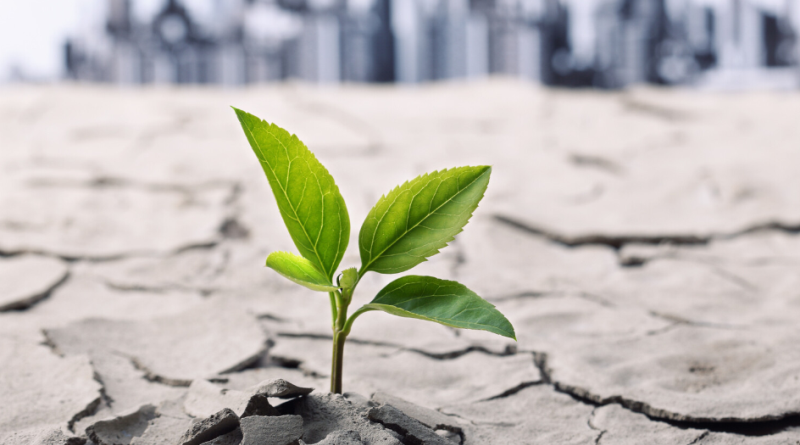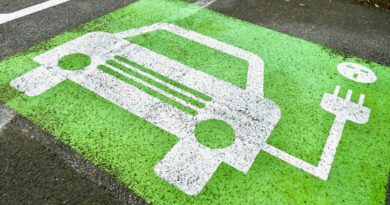Have cities made strides in providing clean and equitable environments?
Photo: Sustainable cities are the focus of Sustainable Development Goal 11.
- Cities are epicentres of human activity, yet harbour some of today’s biggest issues, including inequality and environmental degradation.
- As the 10-year anniversary of the Sustainable Development Goals nears, cities need to evaluate how they have fared on SDG11, especially when it comes to urban development.
- Understanding progress and challenges can help cities learn how to best improve their climate and environmental performance in an equitable way.
Cities are epicentres of human innovation and activity, yet they harbour some of the most pressing issues of our time, including rising inequality and environmental degradation.
As we near the 10-year anniversary of the United Nations’ Sustainable Development Goals (SDGs), it is important to evaluate how cities have fared on SDG11: Sustainable cities and communities, which targets sustainable and inclusive urban development.
Mixed success on sustainable cities targets
Top-performing cities have excelled in reducing greenhouse gas emissions, improving air quality and increasing public transit accessibility. However, lower-performing cities, particularly in parts of Asia and Latin America, continue to grapple with issues like air pollution, exposure to urban heat and insufficient green spaces.
Most importantly, for the first time, the UESI tracks progress over time and reveals that, despite global efforts to position cities as key sustainability leaders, progress has largely stalled.
What are the trends underpinning this stagnation and what can cities do to drive progress?




